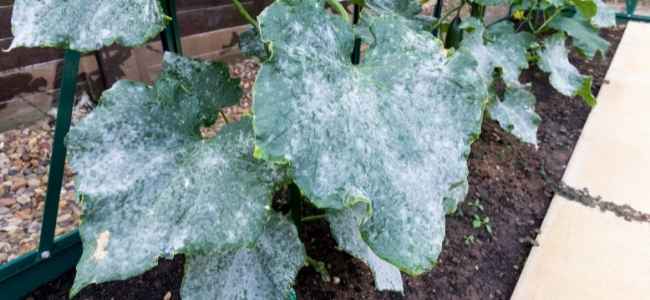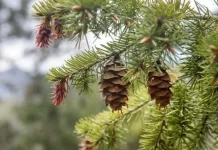Did you know that over 25 percent of all U.S. households have a garden? If you are among those with a green thumb, watching your plants, flowers and vegetables grow before your eyes can bring a sense of satisfaction to your hard work. Keeping your plants healthy is also a priority.
When powdery mildew strikes a garden, it can be subtle and spread quickly. Learning how to get rid of mildew can take time, but if you add specific preventative measures to your daily or weekly tasks of watering, weeding, pruning, and debugging your plants you will be able to keep this plant fungus at bay.
Continue reading for some quick tips on how to treat mildew so that your garden remains happy and healthy.
What Is Powdery Mildew?
When you begin to notice white or light grey powder spots on the leaves of your plants, chances are you have powdery mildew. These spores are spread by the wind and attach themselves to specific groups of plants and tend to spread only among those plant families.
While mildew on plants may not kill the plant, if it is not contained it can travel from plant to plant of similar types and will begin to sap the plants of water and nutrients.
Space Out Plants
Spacing out or thinning your plants is one step to keep the transference of mildew down. Be sure to clean your pruning shears as you work your way through your garden to lessen the chances of passing it around.
If you notice that you have specific types of plants affected yearly by the spores, you may want to consider moving them to another area of your garden as the fungus could be blowing in from someone else’s yard.
Treatments
Some home remedies such as milk or mouthwash seem to work well against mildew. Add milk to water in a 1 to 3 ratio and coat the affected plants, including the stem and underside. This can control mildew as well as get rid of it.
Also using a 1 to 3 ratio of mouthwash to water, combine and spray on your plants. This method is strong, so use with caution on new plants.
If you need something more industrial-grade, try a product like Stargus Biofungicide, especially if your garden is large or is mostly made up of fruits and vegetables.
Don’t Compost Infected Plants
Composting is a great way to help reuse garden waste and produce healthy plants and food. However, plants infected with mildew should not be used in compost piles. The fungus can survive winters to grow and spread if resued in the spring on plants of similar family types.
It is better to toss out the infected plants with waste recycling or burn them.
Get Rid of Mildew Today
Now that you’ve read this guide on how to get rid of mildew in your garden, start taking steps today to keep it protected. Adding one or two tips will ensure that you still have the greenest thumb on the block.
If you found these tips helpful, you can find more articles like this in our Lifestyle section.























